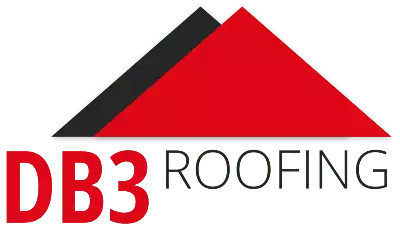
See those black splotches on your roof? It’s mold and grows in humid conditions, often gaining a foothold during hot, rainy summers. Roof mold is not restricted to specific types of roofing materials or roof designs. Wherever conditions are ideal, there mold will grow on roofs and walls.
A big problem with mold is that once it grows, it traps moisture, eventually leading to rotten roof shingles. It attracts rodents and insects, who eat the mold, damaging the roofing materials. Mold is also a health risk, and its spores are easily tracked into the house just from walking underneath the eaves. The best strategy is to remove mold, algae and lichen as soon you notice it and as part of yearly roof maintenance tasks.
Do It Yourself With a Ladder and a Brush?
It’s certainly tempting to tackle the mold on your roof by following any of the many DIY guides available on the Internet, especially since most use simple household cleaners. We have considerable experience working on several types of roofing structures in conjunction with commercial roof cleaners, and we recommend something other than the DIY method. Our reasons can be summed up as follows:
- Climbing onto a roof is an inherently dangerous endeavor. It requires the right equipment, safety procedures, and knowledge of how to move about on a roof without damaging the structure or sealant sheeting.
- The required chemicals, even ordinary household bleach and detergent must be used with utmost care. You must be sure that the chemicals won’t affect your roof shingles, but taking precautions about where the chemicals go as you clean the roof is even more important. Hopefully, the run-off goes into the gutters, but where to then?
- Pressure washers are always a temptation, but incorrect usage will damage your roof. Professional roof cleaners know how much pressure is ideal not to shift roof shingles and cause gaps for water to seep underneath and cause more damage than mold.
How to Prevent Mold From Growing on Your Roof
Cleaning mold off your roof is essential, but it becomes a regular task if you don’t take steps to prevent its regrowth. Various solutions are available, with all very easy to implement and perform as part of your scheduled roof maintenance tasks.
- Overhanging trees create the ideal shady environment for mold, algae and lichen to sprout on your roof. It would be best to cut back those branches because it clogs the gutters with leaves, and a broken branch could damage the roof.
- Consider using roofing materials that have an herbicide embedded when you replace the roof, even if only for those areas where mold growth is particularly prolific.
- Install strips of zinc or copper just below the peak of the roof, with about two inches exposed. These two metals are poisonous to molds, algae and lichen. Whenever it rains, molecules of these metals flow down the roof and kill the mildew.
About DB3 Roofing
We are a respected roofing company with over 30 years of experience installing and repairing residential and commercial roofs in Northern Texas and adjacent states. We will advise owners on choosing the best roof cleaners for all roofing materials and designs. We can assist with the repair of a mold-damaged roof and the installation of the suggested metallic strips.
Contact us if you require advice regarding mold on your roof and possibly an inspection for any possible damage.

